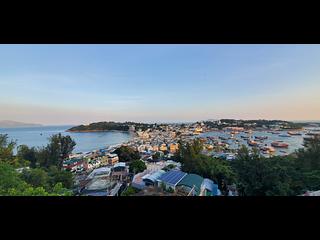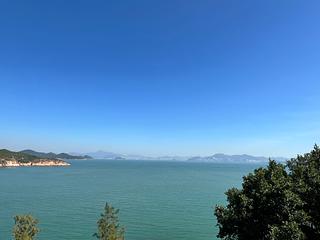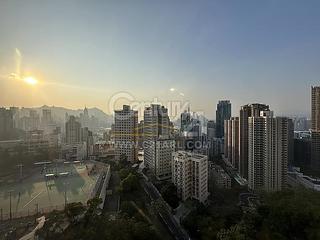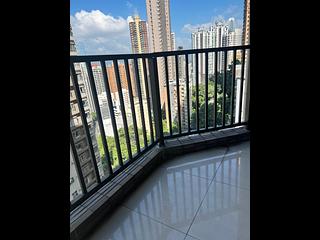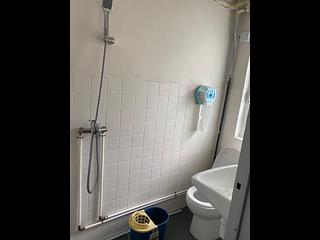Neighbourhood Features
Cheung Chau is located southeast of Lantau Island, with Hei Ling Chau to the north. The island has a population of around 20,000. Cheung Chau has a rich history of fishing and maritime activities. Its tranquil environment, unique traditional culture (such as Cheung Chau Bun Festival), and diverse cuisine make it one of the tourist attractions in Hong Kong, attracting visitors and tourists. Since the 1980s, the government has constructed public housing estates on Cheung Chau to accommodate the growing population.
Despite being an outlying island, Cheung Chau has well-developed community facilities, including government buildings, markets, schools, libraries, hospitals, etc., catering to the daily needs of the island's residents.
The newly developed seaside streets, such as San Hing Praya Street and Pak She Praya Road, facing Cheung Chau Pier, are the liveliest streets on the island, lined with various restaurants and shops, offering a rich variety of shopping and dining options.
In terms of transportation, there is currently no land-based public transport to Cheung Chau. Residents rely on ferry services to travel to and from the Central district.
Residential Distribution
Residential properties on the island are mainly concentrated on the east and west sides. The residences near East Bay are close to Tung Wan Beach, offering pleasant beach views and proximity to the city center and the pier. Private residential buildings in this area include Horizon Villa, Tung Loi Court, and Villas Des Roses, while other residences are mainly standalone old buildings.
The west side is relatively quieter and away from the tourist areas. Private residential buildings in this area include Cheung Chau Peak Villa, Gold Lake Garden, Greenery Crest, Hoi Fuk Villa, Treasure Bay, Nga Ning Court, Pacific Garden, and Tak Loy Court. There are also village houses such as Ko Shan Tsuen, Lung Tsai Tsuen, and the large farmland area called Tai Tsoi Yuen Kui, located between East Bay and West Bay.

